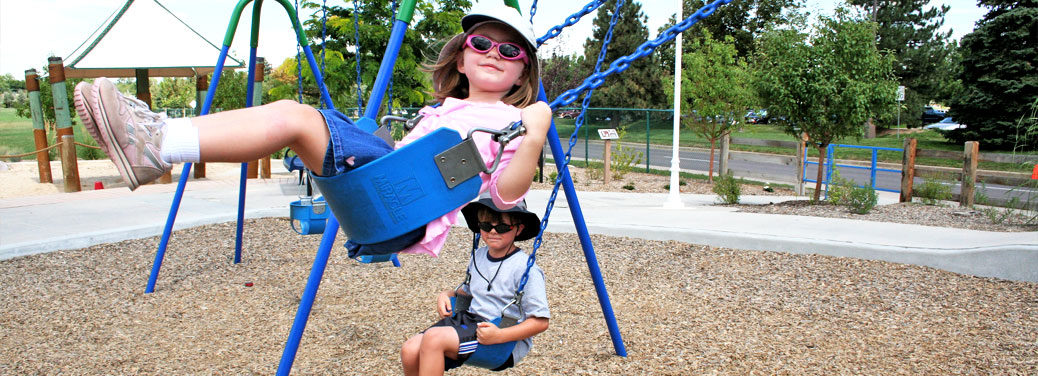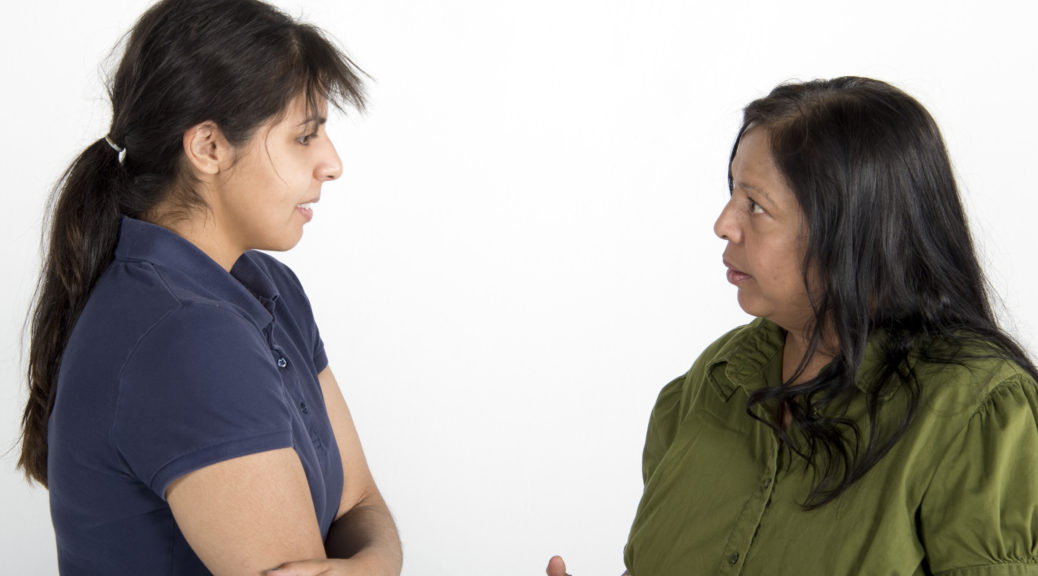Sun Safe Policies in Elementary Schools
School policies that improve sun safety for children are essential to comprehensive school-based skin cancer prevention. California was one of the first states that enacted legislation governing sun protection for students in public schools. In a research letter recently published in JAMA Dermatology, KB’s Julia Berteletti, Dr. David Buller and Lucia Liu along with collaborators at Claremont Graduate University and the non-profit organization, Sun Safety for Kids, looked at how elementary schools in California adopted a policy for sun safety as recommended by the California School Boards Association (CSBA), a nonprofit membership-based education association representing elected officials who govern public school districts.
The Sample Policy, created through a collaboration with CSBA during a previous study, was based on sun safety recommendations put forth by California law and the Centers for Disease Control and Prevention recommendations and was disseminated to member school districts. The authors examined the content of sun safety policies for any deviation from the Sample Policy for 190 member districts that included elementary schools, subscribed to CSBA policy services, and posted their Board Policy online. The sun safety content of the Sample Policy and each districts’ sun safety policy was coded in 11 categories, such as sunscreen use, UV protective clothing, student education, and shade provision. Each policy was scored on content per category, strength of action specified, and intent for sun protection.
The majority of policies addressed sunscreen, protective clothing and hats. Most included shade, scheduling of outdoor activities to avoid peak UV hours, staff modeling and parent outreach. 75% of policies included student education. Educating teachers, resource allocation, and accountability were addressed in almost no policies. Also, 40% of districts altered their own policy to remove some content from the CSBA Sample Policy. The most frequently removed items were student education, outdoor shade or parent outreach. Authors also found that districts that removed content had significantly more students and administrators than those that adopted the Sample Policy verbatim.
Authors concluded that the CSBA played an influential role in the school districts’ adoption of sun safety policy and suggest that establishing a partnership with a similar association could be an important part of achieving school-based skin cancer prevention.
This research was funded by a grant from the Eunice Kennedy Shriver National Institute of Child Health and Human Development (R01HD074416; Dr. Kim Reynolds, Claremont Graduate University and Dr. David Buller, KB, Principal Investigators).






